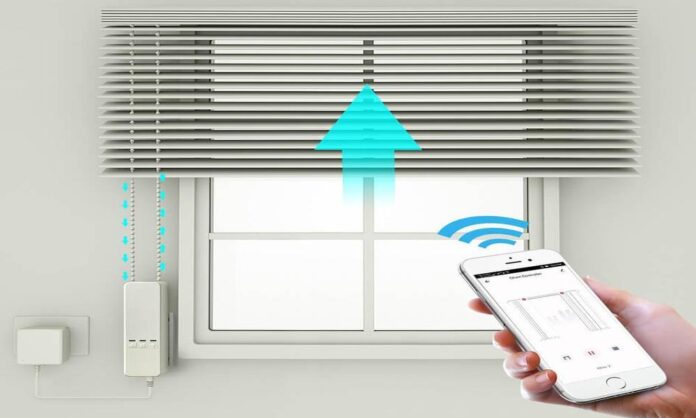Enhance Energy Efficiency: Smart blinds can be integrated with sensors and automation systems to optimize energy usage. They can automatically adjust to regulate natural light and heat, reducing the need for artificial lighting and cooling. This energy efficiency can lead to cost savings and a more sustainable operation, appealing to environmentally conscious customers.
Create a Comfortable Environment: Smart blinds enable precise control over lighting and privacy levels. With programmable settings and remote access, businesses can create a comfortable environment for employees and customers. Customizable schedules and preferences allow for personalized experiences, enhancing productivity and customer satisfaction.
Improve Security and Privacy: Smart blinds can be integrated with security systems, providing an additional layer of protection. By setting schedules or using motion sensors, the blinds can simulate occupancy even when the premises are empty. They also offer privacy control, preventing outsiders from peering into the space and ensuring confidentiality in sensitive areas.
Personalize Branding and Ambiance: Smart blinds can be customized to match a business’s branding and aesthetics. The ability to control colors, patterns, or opacity offers a unique opportunity to reinforce brand identity and create a cohesive atmosphere.
Ways To Avoid SMART BLINDS Burnout
Avoid excessive usage: Be mindful of how frequently you open and close your smart blinds. Limit unnecessary or excessive adjustments to prevent overworking the motor or mechanism.
Use scheduled routines: Instead of manually controlling your smart blinds multiple times a day, set up scheduled routines. Create a routine that aligns with your daily activities and preferences, reducing the need for constant adjustments.
Balance natural light and artificial light: Leverage the use of natural light during the day to reduce the dependency on your smart blinds. If possible, keep the blinds partially open to allow daylight in, minimizing the need for frequent adjustments.
Optimize sensor settings: Many smart blinds are equipped with sensors that can detect light, temperature, or motion. Adjust the sensitivity settings to match your specific needs and environmental conditions. This will help avoid unnecessary motor activations.
Avoid power fluctuations: Power surges or fluctuations can damage the motor or control systems of your smart blinds. Use surge protectors or voltage stabilizers to safeguard against such electrical issues.
Why Most SMART BLINDS Fail
Connectivity issues: Smart blinds rely on wireless communication to receive commands and updates. If there are connectivity problems with the smart home network or the blinds’ communication technology (e.g., Wi-Fi, Bluetooth, Zigbee), the blinds may fail to respond or lose their connection with the control system.
Compatibility and integration challenges: Smart blinds often need to integrate with other smart home devices or systems, such as voice assistants or home automation hubs. Compatibility issues between different brands or protocols can arise, making it difficult to establish a seamless and reliable connection.
Software bugs and updates: Like any software-based technology, smart blinds can experience bugs or glitches that affect their performance. Inadequate testing or rushed software updates can introduce new issues or instability, leading to malfunctions or erratic behavior of the blinds.
Power supply and battery life: Smart blinds rely on a power source to operate, whether it’s through a wired connection or batteries. If the power supply is interrupted, or if the battery life is short and requires frequent recharging or replacement, the blinds may fail to function as expected.


